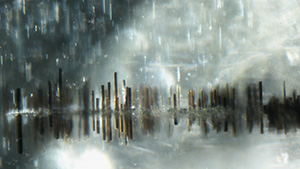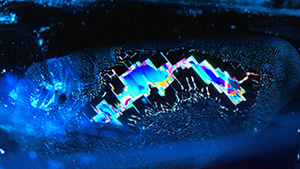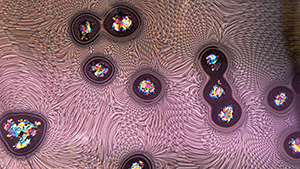

Aprisara Semapongpan, November 3, 2023
A colorless transparent crystal inclusion in diamond is reminiscent of a stone splashing in water.
Read MoreTyler Smith, November 3, 2023
A cluster of bladed columbite crystals is identified in colorless topaz.
Read More
Rujal Kapadia, Bhavya Maniar, and Sally Eaton-Magaña, November 3, 2023
An etch channel in the crown facets of a diamond resembles a mace-like weapon.
Read More
Kyaw Soe Moe, November 3, 2023
An iridescent crystal with a stress halo is observed in a light brown diamond.
Read More
Taryn Linzmeyer, Roy Bassoo, and Jaldeep Sojitra, November 3, 2023
Examination of a round brilliant diamond reveals twinning wisps in the formation of a whale.
Read More
Emily Jones, November 3, 2023
Transparent crystal inclusions and gas bubbles are observed in a garnet-topped doublet.
Read More
Rhiana Elizabeth Henry, November 3, 2023
An 8.33 ct rectangular heliodor displays two tourmaline inclusions and a thin band of fluids.
Read More
Makoto Miura, November 3, 2023
Blade-like magnetite inclusions developed from a healed fracture in peridot resemble a dark, rainy afternoon in a lakeside city.
Read More
Yuxiao Li, November 3, 2023
Fiber-optic illumination reveals rectilinear zigzag-patterned films with vibrant colors in a blue sapphire.
Read More
Tyler Smith, November 3, 2023
A precipitation of an unidentified mineral creates a complex moiré pattern in a fissure of a purple spinel.
Read Morepast gems & gemology issues







